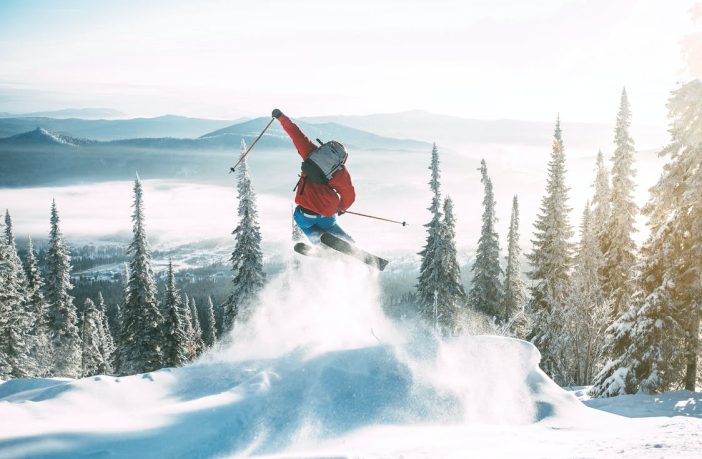- Turbine blades from Dutch Wind farm Irene Vorrink will be the first to enter the recycling process and turned into skis, snowboards and construction materials for solar farms.
- Gustav Frid, Senior Environment & Sustainability Specialist at Vattenfall, sees the recycling of the turbine blades from Irene Vorrink Wind Farm primarily as a pilot project.
“First of all, we want to learn from this process and see which companies are suitable to help us recycle the wind blades. We believe that there is no single solution for this, but rather a number of different ones. Because Vattenfall has proven to be a leader in sustainability in recent years, many companies want to collaborate with us, and they are contacting us.”
Skis and snowboards
Marcin Rusin, co-owner at Gjenkraft in Norway, recognises himself in these words. “We were looking for partners for our wind blade recycling project, came into contact with Vattenfall and since then we have been in constant contact with Gustav Frid about the progress of the work in our project. When the wind turbines of the Irene Vorrink wind farm were dismantled, we were one of the first to offer to recycle the wind blades.”
Recycling wind turbine blades is specialist work, as they have a complex structure
“The blades consist not only of resin and glass or carbon fibre, but also of balsa wood, PVC or PET foam, other polymers and metals. It is almost impossible to separate the individual components, so they have to be processed together. This complicates the recycling process and the possibility of recovering residual value from the blades,” says Marcin Rusin.
“In the recycling process, we can adjust the parameters to obtain the properties that our customers expect from our products. Our products are used again to make skis or snowboards and other products that contain glass fibres and carbon fibres.”
Based on the results of the EU project LIFE Carbongreen which studied recycling of carbon fibre composites, Professor Gregor Luthe says: “Wind turbine blades are designed to withstand extreme loads, so they consist of strong fibres of glass and carbon that are bound by duro-plastics. We have managed to make new duro-plastics that can be used in the construction materials of so-called agrophotovoltaics, solar panels placed above or among agricultural products. With our material, we replace the steel and aluminium of the construction. Both these raw materials use a lot of energy in their production and are now also very scarce due to the war in Ukraine.”
In one fell swoop, BillionPeople, the company founded by Professor Luthe, achieves many goals with this method: 100 per cent recycling of wind blades, saving CO2, building solar parks with recycled materials, producing renewable energy, increasing yields, and improving the climate.
“Finally, our goal is to have a fully commercial application as early as 2025 enabling Vattenfall to reach its 100 per cent target much sooner than 2030.”
Author: Bryan Groenendaal
Source: Vattenfall















